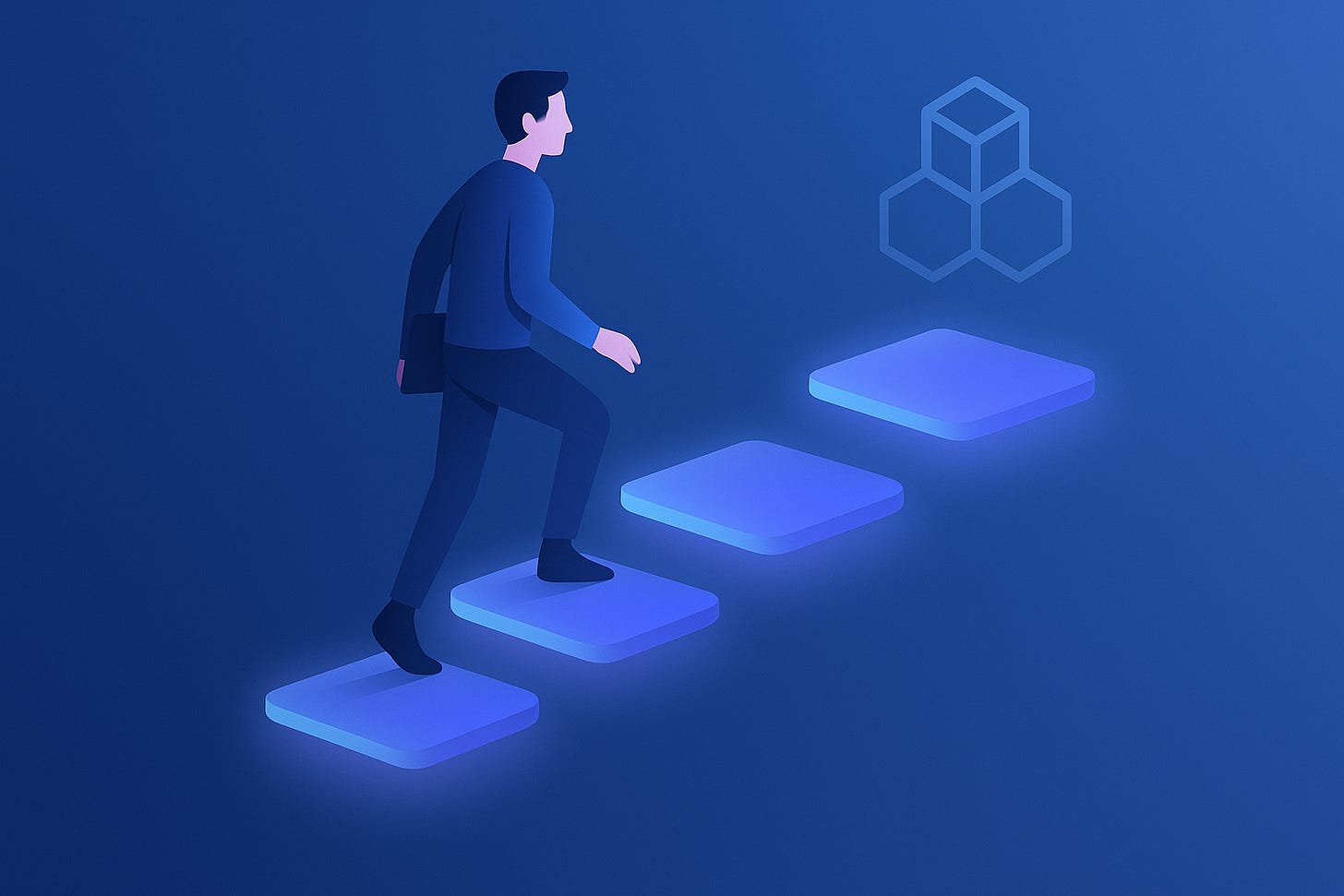Learn Quarkus in 8 Weeks: The Microlearning Path Every Java Developer Needs
Master Quarkus step by step with short, focused sessions: From REST and Panache to Reactive, Security, and Kubernetes in under an hour a day.
Most developers can’t block off hours for training. You learn between builds, during breaks, or late at night.
Microlearning turns that reality into an advantage. Implement short, focused sessions that fit into your day and build real momentum.
Quarkus is ideal for this. It’s fast, modular, and forgiving. Its live reload, lightweight Dev Mode, and clear CLI make it perfect for experimentation. You can learn a single concept, apply it immediately, and see the result in in under an hour a day.
Prerequisites (1–2 Weeks)
Before diving in, spend time reviewing:
Java 11+ syntax (streams, lambdas, records).
REST fundamentals (HTTP verbs, status codes, JSON).
Dependency Injection (CDI) basics.
Once you’re comfortable, you’re ready to begin your Quarkus learning path.
Phase 1: Foundations (Week 1–2)
Goal: Build your first Quarkus application and understand how it works.
Core topics:
Quarkus architecture and Dev Mode
JAX-RS REST endpoints
Configuration (
application.properties)Native builds with GraalVM
Microlearning Project:
“Hello REST”: A simple API returning personalized greetings with timestamps.
quarkus create app org.acme:hello-rest -x rest
cd hello-rest
./mvnw quarkus:devLearn with the official guide:
Getting Started with Quarkus
Phase 2: Essential Extensions (Week 3–4)
Goal: Add persistence, validation, and testing.
Core topics:
Hibernate ORM with Panache
REST Client
PostgreSQL Dev Service
Bean validation
Testing with JUnit 5 and REST Assured
Microlearning Project:
“Task Tracker”: CRUD app managing tasks with TaskEntity, validation, and repository pattern.
Learn with the guides:
Hibernate ORM with Panache
Validation
Testing Your Application
Phase 3: Intermediate Concepts (Week 5–6)
Goal: Introduce reactivity, security, and observability.
Core topics:
Reactive programming with Mutiny
Messaging with Kafka
JWT and OIDC authentication
Health checks and metrics
OpenAPI documentation
Containerization with Podman or Docker
Microlearning Project:
“Smart Task Board”: Reactive task updates, JWT login, Kafka events, health endpoints.
Learn with the guides:
Reactive Messaging
Security with JWT
MicroProfile Metrics
Phase 4: Advanced Topics (Week 7–8)
Goal: Prepare your app for production and cloud environments.
Core topics:
Native build optimization
Kubernetes deployment
Distributed tracing (OpenTelemetry)
GraphQL endpoints
Performance profiling
Microlearning Project:
“Task Tracker Pro”: Your production-ready microservice with Kubernetes manifests, tracing, and GraphQL support.
Learn with the guides:
Kubernetes Deployment
OpenTelemetry
SmallRye GraphQL
Your 8-Week Microlearning Plan
Here’s a practical roadmap you can follow.
Week 1 – Quarkus Basics
Day 1: Install Quarkus CLI and run your first project.
Day 2: Learn about Dev Mode and hot reload.
Day 3: Add your first REST endpoint.
Day 4: Customize configuration via
application.properties.Day 5: Package your app and explore native builds.
Week 2 – REST and Configuration
Day 1: Add multiple endpoints with path parameters.
Day 2: Return JSON using
@Produces(MediaType.APPLICATION_JSON).Day 3: Use
@Injectto include services.Day 4: Handle exceptions with
ExceptionMapper.Day 5: Add Quarkus REST Client for external APIs.
Week 3 – Persistence
Day 1: Add PostgreSQL Dev Service.
Day 2: Create Panache entities and repositories.
Day 3: Expose CRUD endpoints for tasks.
Day 4: Validate requests with
@NotNull.Day 5: Write basic tests with JUnit.
Week 4 – Testing and Validation
Day 1: Test REST endpoints with REST Assured.
Day 2: Use Quarkus Test Resources for DB setup.
Day 3: Add integration tests for services.
Day 4: Measure code coverage with JaCoCo.
Day 5: Refactor and document your API with OpenAPI.
Week 5 – Reactive and Messaging
Day 1: Convert GET endpoints to reactive Mutiny.
Day 2: Stream updates via Server-Sent Events.
Day 3: Configure Kafka Dev Service.
Day 4: Produce and consume task events.
Day 5: Add async logging for performance.
Week 6 – Security and Observability
Day 1: Add JWT authentication.
Day 2: Protect endpoints with roles.
Day 3: Add health checks (
/q/health).Day 4: Enable metrics (
/q/metrics).Day 5: View live metrics dashboard.
Week 7 – Cloud Deployment
Day 1: Add Kubernetes extension.
Day 2: Build native image with GraalVM.
Day 3: Generate Kubernetes manifests.
Day 4: Deploy to Minikube or Kind.
Day 5: Access your service via NodePort or Ingress.
Week 8 – Advanced Features
Day 1: Add GraphQL endpoint.
Day 2: Implement distributed tracing with OpenTelemetry.
Day 3: Profile performance using metrics.
Day 4: Tune memory and startup time.
Day 5: Write a short blog or note summarizing your progress.
A Realistic Timeline
Minimum proficiency: 6–8 weeks (REST, ORM, Dev Mode)
Production-ready: 3–4 months (Reactive, Security, Observability)
Expert level: 6–12 months (Cloud, Native, Performance)
Microlearning Tips That Stick
Focus on one concept per day.
Always build something small to test what you learned.
Stay in Dev Mode for immediate feedback.
Use Dev Services to avoid manual setup.
Connect with the Quarkus community: Quarkus-Dev Google group and Zulip are great places to ask and share. Also the Github Discussion forum.
Why Quarkus Accelerates Learning
Quarkus turns feedback into fuel. Save a file, and it reloads instantly. Add an extension, and it just works.
Each micro-lesson gives a tangible reward: faster builds, lighter containers, or cleaner APIs.
That satisfaction loop keeps developers learning, and shipping, faster.
Your First Command
Start your Quarkus learning journey now:
mvn io.quarkus.platform:quarkus-maven-plugin:createPick rest or rest-jackson, run ./mvnw quarkus:dev, and start coding.
Thirty minutes a day can make you fluent in modern, cloud-native Java.
Quarkus isn’t just a framework. It’s the gateway to faster learning, cleaner design, and better software.



